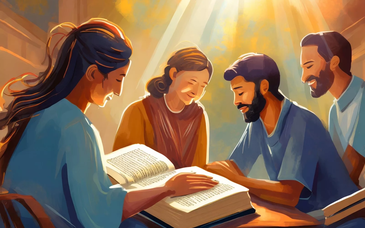Step into the pages of history and relive the epic Battle of Marathon, a momentous conflict that unfolded in 490 BCE, shaping the course of ancient Greek history. In this exploration, we unravel the events leading to the battle, the strategies employed, and the enduring legacy of an engagement that marked a triumph of courage and endurance.
1. Prelude to Conflict: Persian Expedition and Athenian Resolve: As the Persian Empire, led by King Darius I, sought to expand its dominance, the Greek city-states faced an imminent threat. The Ionian Revolt heightened tensions, leading to the Persian expedition against Greece. Athens, backed by Plataea, stood defiant, embodying the spirit of democratic resolve.
2. Marathon's Strategic Significance: Athenian Defense Takes Shape: Uncover the strategic significance of the plain of Marathon, where the Athenians positioned themselves to counter the Persian advance. Explore the tactical decisions made by Miltiades, the Athenian general, as he sought to capitalize on the unique topography of the battlefield.
3. Persian Onslaught: Clash of Infantry and Calvary: Witness the Persian onslaught as the formidable infantry and cavalry forces sought to break the Athenian and Plataean lines. Experience the clash of military might as hoplites and archers faced off against the Persian infantry and renowned cavalry units.
4. Athenian Triumph: The Flanking Maneuver and Victory: Explore the decisive moment in the battle when the Athenians executed a brilliant flanking maneuver, catching the Persians off guard. Despite being outnumbered, the Greeks emerged victorious, demonstrating the effectiveness of hoplite tactics and cohesive military strategy.
5. Pheidippides' Marathon Run: A Legendary Endurance Feat: Delve into the legendary run of Pheidippides, the Athenian herald, who covered the distance from Marathon to Athens to announce the victory before succumbing to exhaustion. This iconic run gave birth to the marathon race, an enduring symbol of endurance and athletic achievement.
6. The Aftermath: Athenian Glory and Persian Retreat: Examine the aftermath of the Battle of Marathon, where the Athenians basked in the glory of their victory. The defeated Persians, realizing the resilience of the Greek city-states, retreated, setting the stage for future conflicts between Greece and Persia.
7. Enduring Legacy: Marathon in History and Culture: Reflect on the enduring legacy of the Battle of Marathon, both in historical significance and cultural impact. From the immortalization of Pheidippides' run in the modern marathon race to its representation in art and literature, Marathon has become a symbol of valor and endurance.
The Battle of Marathon stands as a pivotal moment in ancient history, showcasing the triumph of democratic ideals, strategic brilliance, and the indomitable spirit of the Greek city-states. As we revisit this historic clash, we witness not only a military victory but the birth of enduring symbols that continue to inspire and resonate in the tapestry of human achievement.
